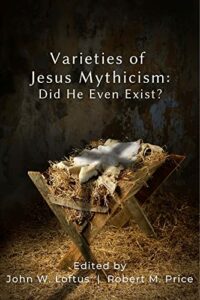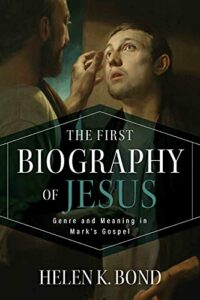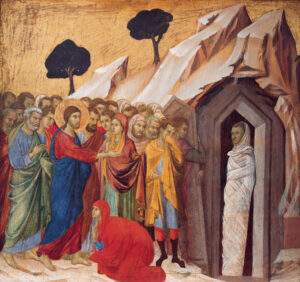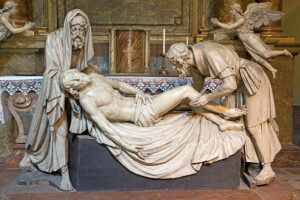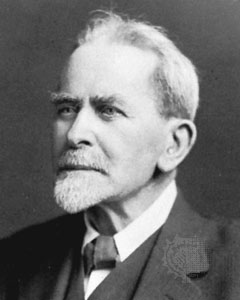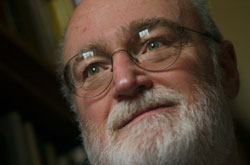The previous post generated some interesting discussion. Eventually, I would like to take the time to address the comments in a deliberate, serious manner; however, at the moment I want to take us back around to some fundamental questions.
- What did Thomas Kuhn mean by paradigm?
- Did Kuhn think his paradigmatic structure applied to the social sciences, arts, and humanities?
- Can we legitimately apply the concept of Kuhnian paradigm shifts to theology and biblical studies?
A Definition Might Help

As you probably already know, Kuhn’s magnum opus, The Structure of Scientific Revolutions, spawned a great deal of controversy. Undeniably, he unleashed a generation of self-absorbed loud-talkers at parties who used the word incessantly. His detractors almost immediately jumped upon the fact that Kuhn used the word “paradigm” in several different senses of the word. How do we know what he meant by the term paradigm shift if we can’t be certain, from one page to the next, what exactly he meant by paradigm?
In the preface to more recent editions of Structure, Ian Hacking cites “an often-cited but seldom-read essay” by Margaret Masterman — who may be the first person to have counted the 21 ways Kuhn used the word. Having recently read the paper, “The Nature of a Paradigm,” I think Masterman’s criticism came out of sincere respect and the desire to clarify Kuhn’s muddy waters. She rightly notes the sense in which a group of scientists latch onto a paradigm before they can articulate a theory. It starts with some achievement that draws like-minded people together into a social relationship.
[F]or Kuhn, something sociologically describable, and above all, concrete, already exists in actual science, at the early stages, when the theory is not there.
It is worth remarking also that, whatever synonym-patterns Kuhn may get trapped into establishing in the heat of his arguments, he never, in fact, equates ‘paradigm’, in any of its main senses, with ‘scientific theory’. For his metaparadigm* is something far wider than, and ideologically prior to, theory: i.e. a whole Weltanschauung. His sociological paradigm, as we have seen, is also prior to theory, and other than theory, since it is something concrete and observable: i.e. a set of habits. And his construct-paradigm is less than a theory, since it can be something as little theoretic as a single piece of apparatus: i.e. anything which can cause actual puzzle-solving to occur. (Masterman 1977, p. 66-67, emphasis mine)
[*By “metaparadigm,” Masterman is referring to the sense in which Kuhn refers to an all-encompassing way of thinking about the world and not merely to a localized pattern, set of habits, or framework for puzzle-solving.]
While many critics (especially followers of Popper) scoffed at Kuhn’s work and claimed he had simply reworked some well-known and understood ideas, Masterman realized he was onto something important. And she recognized that this new way of looking at scientific progress — not as an accumulation of facts and a slow upward march, but as a kind of punctuated equilibrium — was attracting readers and adherents. Continue reading “Paradigm Shifts in Religious Studies (Part 2)”


